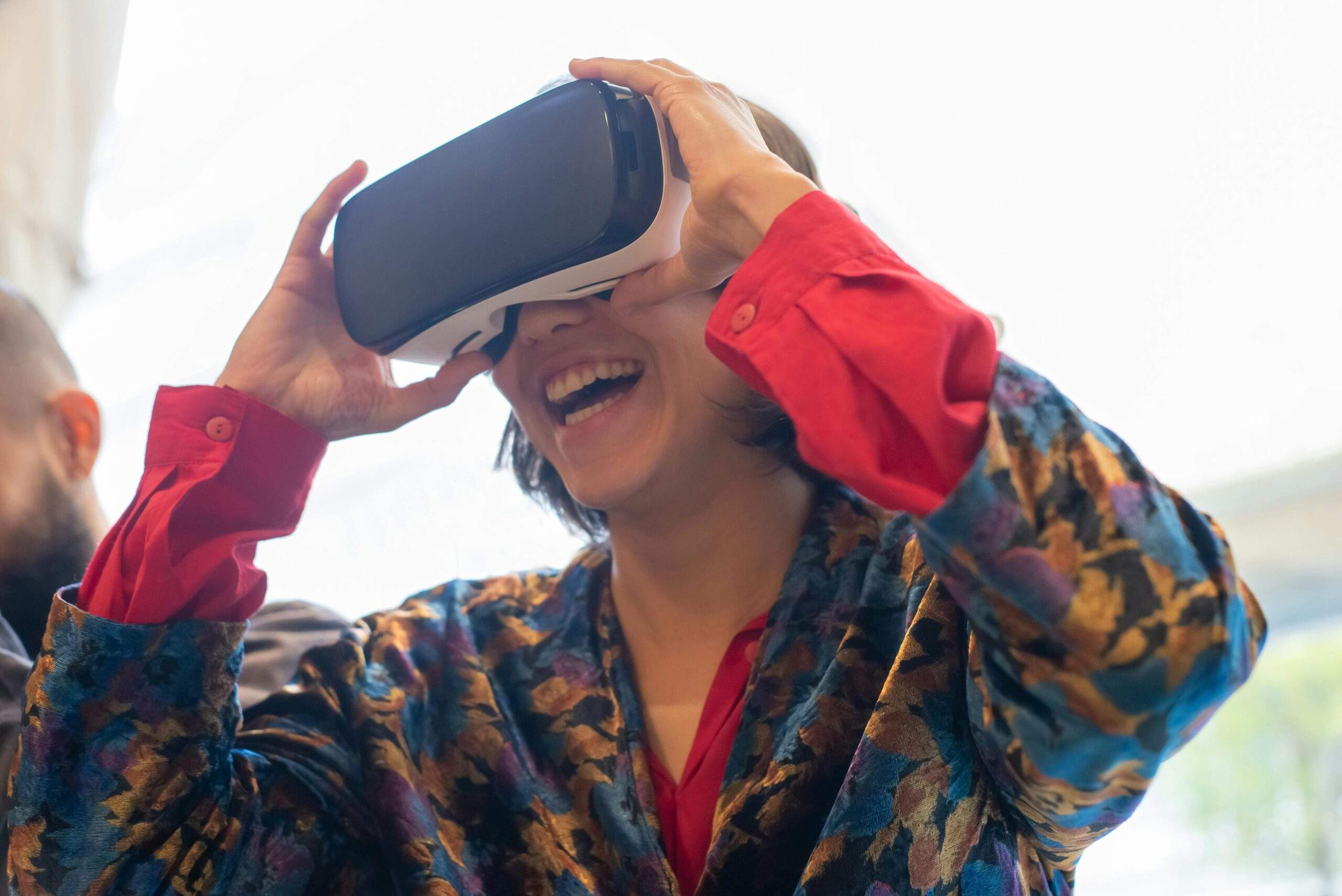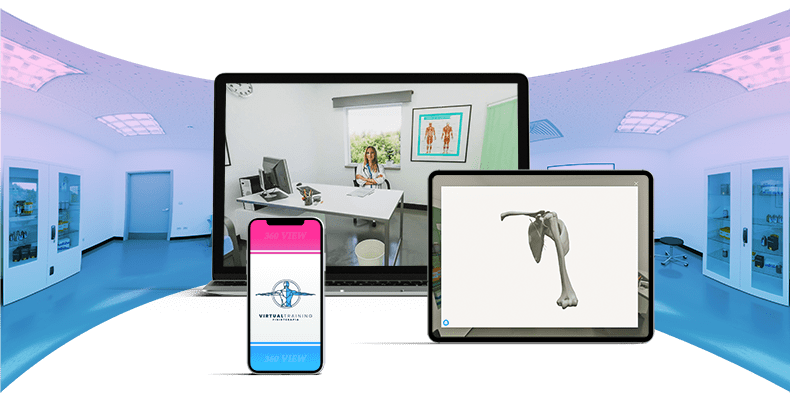Immersive journalism delivers news in formats that allow the user to experience events firsthand. Whether it’s online or print journalism, Augmented Reality and Virtual Reality offer new modes of information delivery.
AR and VR technologies have the capacity to immerse the user, and when applied to journalism, they give rise to new narrative forms. They add a sensory, emotional, and spatial dimension to the news. With immersive journalism, the environment where the news unfolded is reconstructed, turning the reader into a firsthand spectator of the events.
In the field of immersive journalism, two trends can be distinguished in how news can be experienced: hyper-realism on one hand, and simulated environments on the other. Let’s examine them in detail.

HYPER-REALISM IN IMMERSIVE JOURNALISM
Hyper-realism constructs a VIrtual Reality experience that allows the reader to get closer to the events. The virtual environment is built from real data related to the story, such as original photos, videos, and audio. The user can choose how to observe the story and the environment in which they are immersed and can enjoy the experience both from the web and with the VR viewer.
An example is the reportage “Tour Aleppo’s old city, an ancient treasure decimated by war” by CNN. It’s a 360-degree video composed of photographs and footage from various locations in Aleppo. Users can look around as the journalist narrates the story of these places and their destruction due to war. CNN has heavily invested in virtual reality since 2017, forming a dedicated unit for immersive journalism, CNNVR , which produces reports and documentaries.
SIMULATED ENVIRONMENTS
News is conveyed by creating virtual environments that blend real data with three-dimensional computer-generated constructions. This results in a gamified experience, akin to a video game, where the user can explore and interact with the environment.
The works of journalist Nonny de La Peña, dubbed by Forbes as the ‘godmother of Virtual Reality,’ exemplify this type of immersive journalism. Through her company, Emblematic Group, she tells stories to emotionally engage viewers who participate as avatars.
Major international newspapers are experimenting with immersive journalism. The New York Times, in partnership with Google and Samsung, launched NYT VR in 2015. The Guardian, in collaboration with Google, produced its first virtual reality film. In Italy, Corriere della Sera developed Corriere 360, a project featuring a series of 360-degree ‘guided tours’ with interviews.
AUGMENTED REALITY IN PRINT NEWSPAPERS
So far, we’ve seen examples of Augmented and Virtual Reality integrated into digital newspapers and magazines, but they can also be incorporated into print versions.
With these technologies, multimedia content can be added to enrich the article. By scanning the pages, you can view 3D Augmented Reality elements projected directly onto the surfaces around the reader, seamlessly integrating virtual elements with the real environment. Another tool is QR codes, which allow access to digital supplements such as videos, photos, or audio, providing additional information to the written content.
In conclusion, immersive journalism represents a revolution in the field of information. These technologies transport the reader beyond words and images, allowing them to explore the facts firsthand.The immersion in the news, guaranteed by augmented and virtual reality, enhances empathy and understanding. As the world of information continues to evolve toward increasingly technological forms, we can expect immersive journalism to become an increasingly integrated format in newsrooms, enriching the way we perceive and understand the world around us.
AR Market works with Communication Agencies to create AR & VR experiences for publishing and editorial.
Interested in integrating these innovative technologies into your services? Contact us for a consultation.
You can book an appointment, call us +39 – 342 001 2278 or write to us at info@armarket.it





